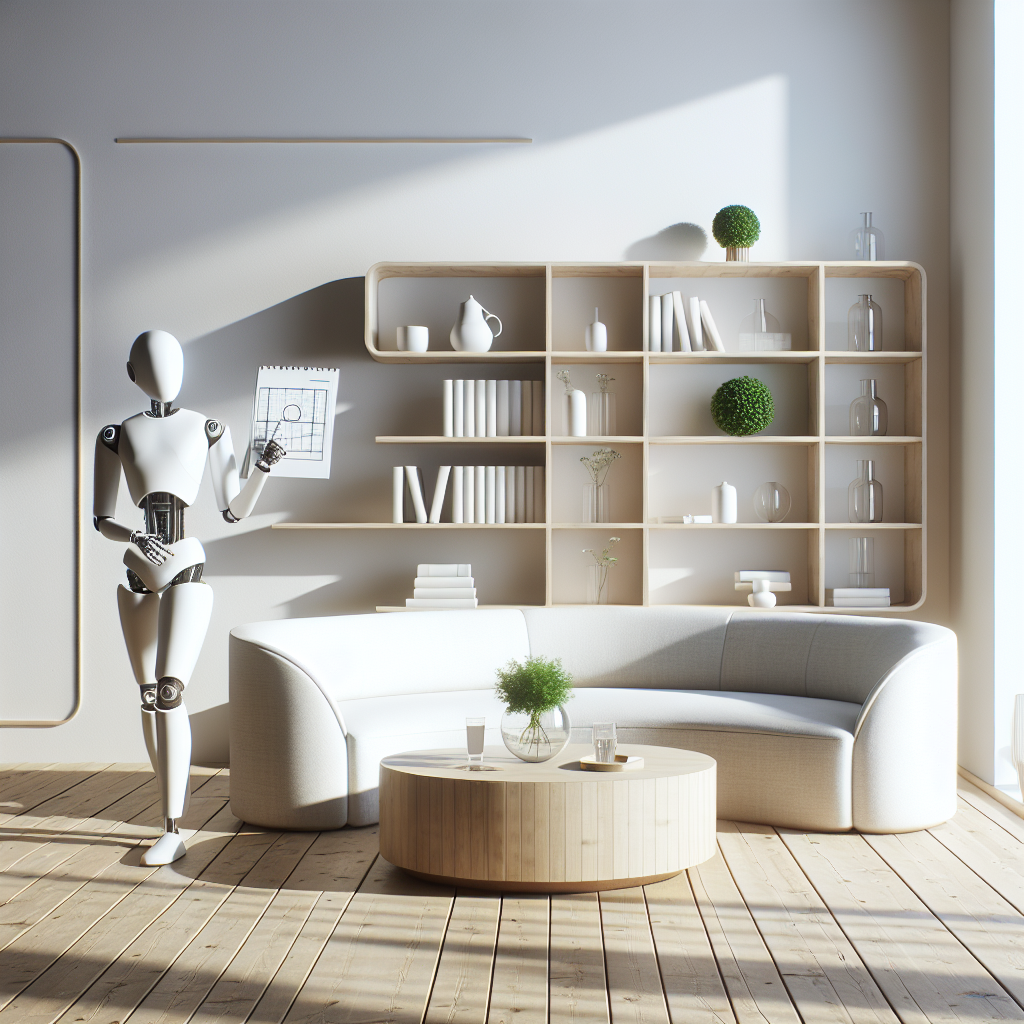AI, or artificial intelligence, is rapidly transforming various industries, including interior design. With its ability to analyze data, predict trends, and personalize experiences, AI is revolutionizing the way designers work and creating new opportunities for innovation in the field. In this article, we will explore the role of AI in interior design and its impact on the industry.
AI in interior design is being used in a variety of ways to streamline processes, improve efficiency, and enhance the overall design experience. One of the key areas where AI is making a significant impact is in the design process itself. Designers can now use AI algorithms to analyze data, such as customer preferences, design trends, and market demands, to create more personalized and unique designs. AI can also help designers generate new ideas, suggest color schemes, and even predict future design trends based on historical data.
Another way AI is being utilized in interior design is through virtual reality and augmented reality technologies. These technologies allow designers to create 3D models of their designs and visualize them in real-time, making it easier to communicate their ideas to clients and stakeholders. AI algorithms can also be used to analyze these 3D models and suggest improvements or modifications to enhance the design.
AI is also being used to automate repetitive tasks in the design process, such as creating floor plans, selecting furniture and accessories, and generating design concepts. By automating these tasks, designers can save time and focus on more creative aspects of the design process. AI algorithms can also analyze customer feedback and preferences to personalize the design experience and create designs that are tailored to the individual needs of each client.
One of the most exciting applications of AI in interior design is in the field of smart homes and IoT (Internet of Things). AI-powered devices can be integrated into homes to automate tasks such as adjusting lighting, temperature, and security systems based on the occupants’ preferences. AI can also analyze data from smart devices to suggest improvements to the home’s layout and design, creating a more functional and comfortable living space.
In addition to these applications, AI is also being used to improve sustainability in interior design. By analyzing data on materials, energy usage, and environmental impact, AI algorithms can help designers create more eco-friendly and sustainable designs. AI can also be used to optimize energy efficiency in buildings, reducing costs and carbon emissions.
Overall, AI is playing a crucial role in transforming the interior design industry, enabling designers to create more personalized, efficient, and sustainable designs. As AI technology continues to evolve, we can expect to see even more innovative applications and opportunities for growth in the field of interior design.
FAQs:
Q: How is AI being used in interior design?
A: AI is being used in interior design to analyze data, predict trends, personalize experiences, streamline processes, automate tasks, and improve sustainability.
Q: What are some examples of AI applications in interior design?
A: Some examples of AI applications in interior design include analyzing customer preferences, creating 3D models, automating tasks, integrating smart home devices, and optimizing energy efficiency.
Q: How can AI help designers create more personalized designs?
A: AI algorithms can analyze data on customer preferences, design trends, and market demands to create more personalized and unique designs tailored to the individual needs of each client.
Q: What are the benefits of using AI in interior design?
A: The benefits of using AI in interior design include saving time, improving efficiency, enhancing the design experience, creating more sustainable designs, and optimizing energy efficiency.
Q: How can designers incorporate AI into their design process?
A: Designers can incorporate AI into their design process by using AI algorithms to analyze data, generate new ideas, suggest improvements, automate tasks, and integrate smart home devices.
In conclusion, AI is playing a crucial role in transforming the interior design industry, enabling designers to create more personalized, efficient, and sustainable designs. With its ability to analyze data, predict trends, and personalize experiences, AI is revolutionizing the way designers work and creating new opportunities for innovation in the field. As AI technology continues to evolve, we can expect to see even more innovative applications and opportunities for growth in the field of interior design.

